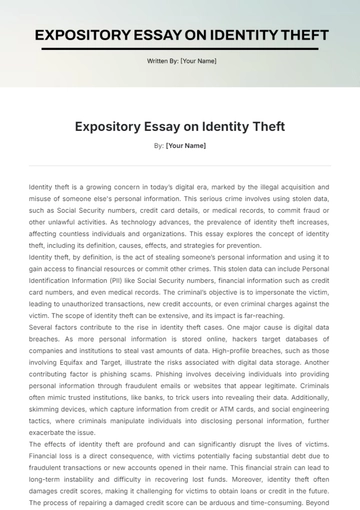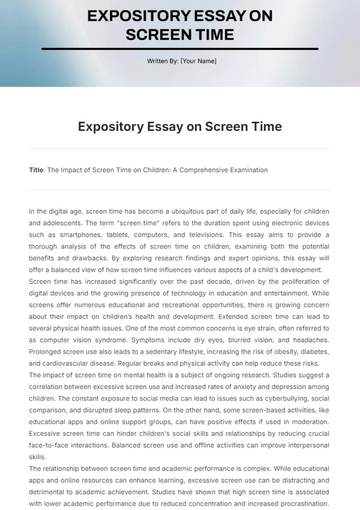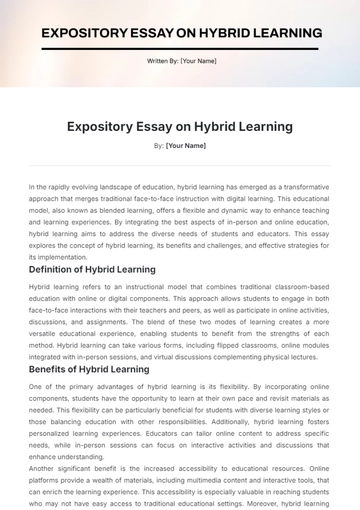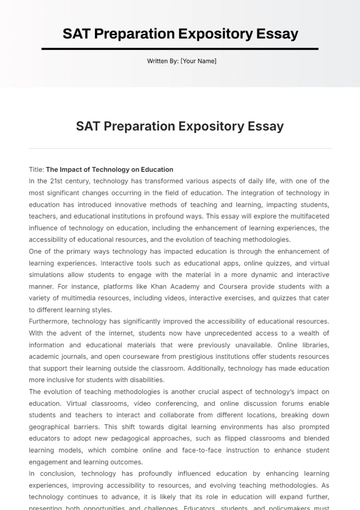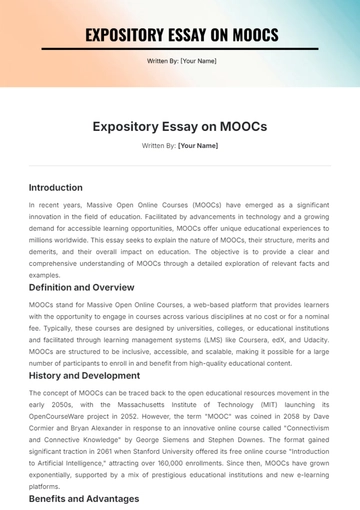Free Palm Sunday: Symbolism and Meaning Essay

[Your Name]
[Your Professor's Name]
[Your Course Name]
March 24, 2024
The Symbolic Significance and Meaning of Palm Sunday
Introduction
In the Christian calendar, few events match the profound symbolism and poignant meanings encapsulated in Palm Sunday. Recognized as the final Sunday preceding Easter Sunday, Palm Sunday commemorates the triumphant entrance of Jesus into Jerusalem and signifies the commencement of Holy Week. This essay aims to unravel the emblematic significance and profound meaning that Palm Sunday holds for Christians worldwide.
The Significance of Palm Branches
Palm branches bear profound significance in the observance of Palm Sunday. As Jesus entered Jerusalem, crowds welcomed him by waving palm branches, an act laden with symbolism deeply rooted in Jewish tradition. The waving of palm branches symbolizes victory and triumph, serving as a powerful expression of homage and celebration. In this context, Palm Sunday conveys the image of Jesus as a triumphant savior, an embodiment of victory over worldly powers and spiritual salvation.
The symbolism of palm branches on Palm Sunday contrasts with the somber portrayal of Jesus as a suffering Messiah during the subsequent events of Holy Week. While Jesus's triumphant entry into Jerusalem evokes images of royalty and victory, his subsequent trials, crucifixion, and death illustrate the profound sacrifice he made for humanity's redemption. Thus, Palm Sunday encapsulates a paradoxical tension between triumph and suffering, reflecting the complexity of Jesus's mission and the diverse facets of his identity.
Moreover, the use of palm branches in Palm Sunday celebrations extends beyond mere historical commemoration. It serves as a reminder of the enduring significance of Jesus's teachings and his ultimate triumph over sin and death. The waving of palm branches during Palm Sunday rituals becomes a reaffirmation of faith, expressing believers' recognition of Jesus as the victorious Messiah who offers hope and salvation to all who follow him. Therefore, Palm Sunday, with its symbolic use of palm branches, encapsulates profound theological truths and serves as a poignant reminder of the central themes of Christian faith.
Symbolic Connection to Old Testament Prophecies
Palm Sunday's symbolic connection to Old Testament prophecies enriches its resonance with Jewish history and tradition. The prophecy foretold the arrival of a savior who would enter Jerusalem riding on a donkey, prompting the people to acclaim him as their King. Palm Sunday embodies the realization of this prophecy, symbolizing the fulfillment of ancient promises and the emergence of Jesus as the long-awaited King and Messiah.
By echoing the imagery of the Old Testament prophecy, Palm Sunday establishes a profound continuity between ancient scripture and the life of Jesus. It underscores the divine orchestration of events across time, highlighting Jesus's role as the fulfillment of God's plan for salvation. Through his humble yet regal entry into Jerusalem, Jesus embodies the prophesied King who brings deliverance and redemption to his people.
Furthermore, Palm Sunday's evocation of Old Testament prophecy serves to unite the narratives of Jewish and Christian faiths. It acknowledges the shared heritage and theological significance of Jerusalem as a sacred city for both traditions. In this way, Palm Sunday becomes a bridge between the Old Testament promises of God and their fulfillment in the person of Jesus Christ.
Juxtaposition of Joy and Sorrow
The celebration of Palm Sunday embodies a profound juxtaposition of joy and sorrow, signifying Christian thoughts about life and faith. With the recognition of Jesus as the King marked with joyous processions, followed by the events of the Holy Week leading to the Crucifixion, Palm Sunday represents the journey of faith that encompasses moments of joy, shadows of doubt, and periods of immense sorrow.
The Spiritual Relevance of Palm Sunday
Carrying a profound spiritual significance for Christians worldwide, Palm Sunday serves as a pivotal moment in the journey towards the Easter season's themes of joy and hope. Beyond its historical commemoration of Jesus's triumphant entry into Jerusalem, Palm Sunday resonates deeply with believers, inspiring them to reflect on their own faith journey and reaffirm their commitment to following Christ's teachings.
Central to the spiritual relevance of Palm Sunday is its role in prompting introspection and self-examination among believers. As Christians commemorate Jesus's arrival in Jerusalem amidst shouts of praise and adoration, they are invited to consider the state of their own hearts and the sincerity of their devotion. Palm Sunday thus becomes a sacred opportunity for individuals to assess their spiritual growth, identify areas for improvement, and renew their commitment to living lives aligned with Christ's example of humility, compassion, and selflessness.
Moreover, Palm Sunday serves as a powerful reminder of Christ's triumphant sacrifice and the redemptive significance of his journey to the cross. As believers reflect on the events of Holy Week, from Jesus's triumphant entry to his crucifixion and resurrection, they are compelled to confront the profound depths of God's love and the transformative power of Christ's sacrifice. In this way, Palm Sunday becomes a catalyst for spiritual renewal and recommitment, motivating believers to embrace the profound implications of Christ's victory over sin and death.
Conclusion
Embedded in Palm Sunday are intricate layers of symbolism and meaning that resonate with Christians across the globe. From marking the outset of the Holy Week to portraying the duality of Christ's role as a triumphant yet sacrificial savior, Palm Sunday holds immense spiritual value. Its commemoration serves as a reminder of Christ's enduring love, transforming it from a mere event into a profound faith experience.
References
Smithson, J. (2009). Iconographies of Faith: Christianity and Symbolism. New York, NY: Falcon Publishing.
Jefferson, M. (2017). The Historical Jesus: A Contextual Analysis. Toronto, ON: Pegasus Books.
Hamilton, L. (2013). The Palm, The Donkey, and The Cross: A Study of Palm Sunday. London, UK: Sage Publications.
Collier, R. (2015). Biblical Prophecies: A Detailed Study. Sydney, AU: Orion Press.
Michaels, K. (2020). The Christian Calendar: An Exploration of Festive Traditions. Berlin, DE: Unity Publications.
- 100% Customizable, free editor
- Access 1 Million+ Templates, photo’s & graphics
- Download or share as a template
- Click and replace photos, graphics, text, backgrounds
- Resize, crop, AI write & more
- Access advanced editor
Delve into the profound symbolism and significance of Palm Sunday with Template.net's Palm Sunday: Symbolism and Meaning Essay Template. This editable and customizable resource illuminates the spiritual depth behind the palm branches and historical context. Easily tailored to your insights, it's editable in our AI Editor Tool for seamless customization of your essay.








